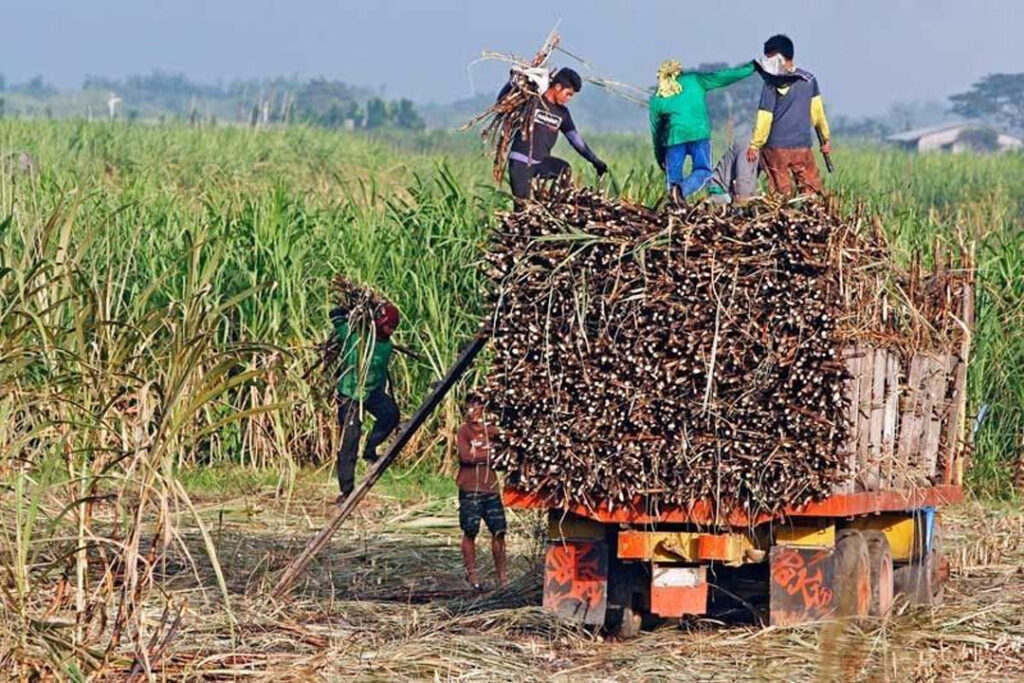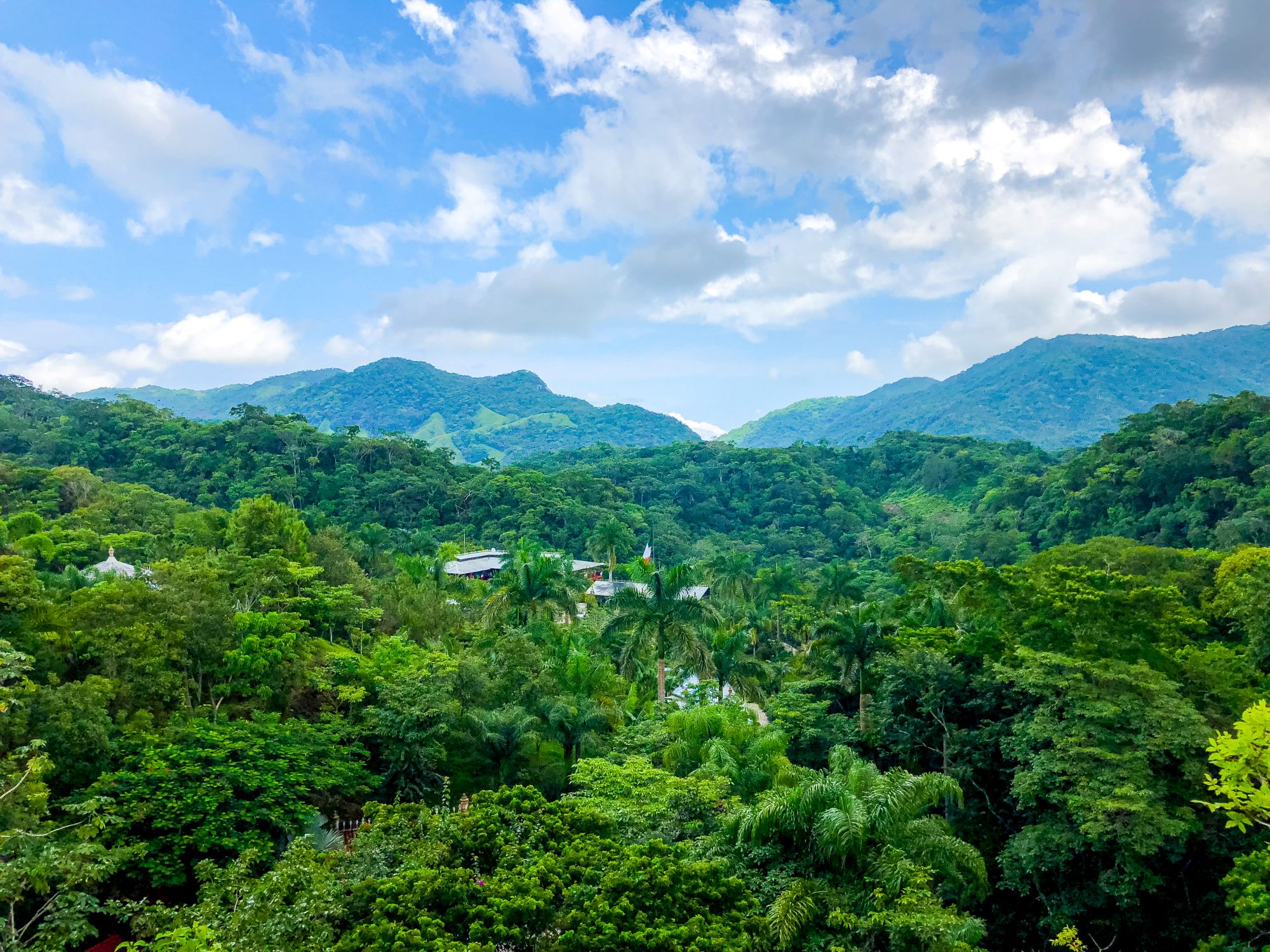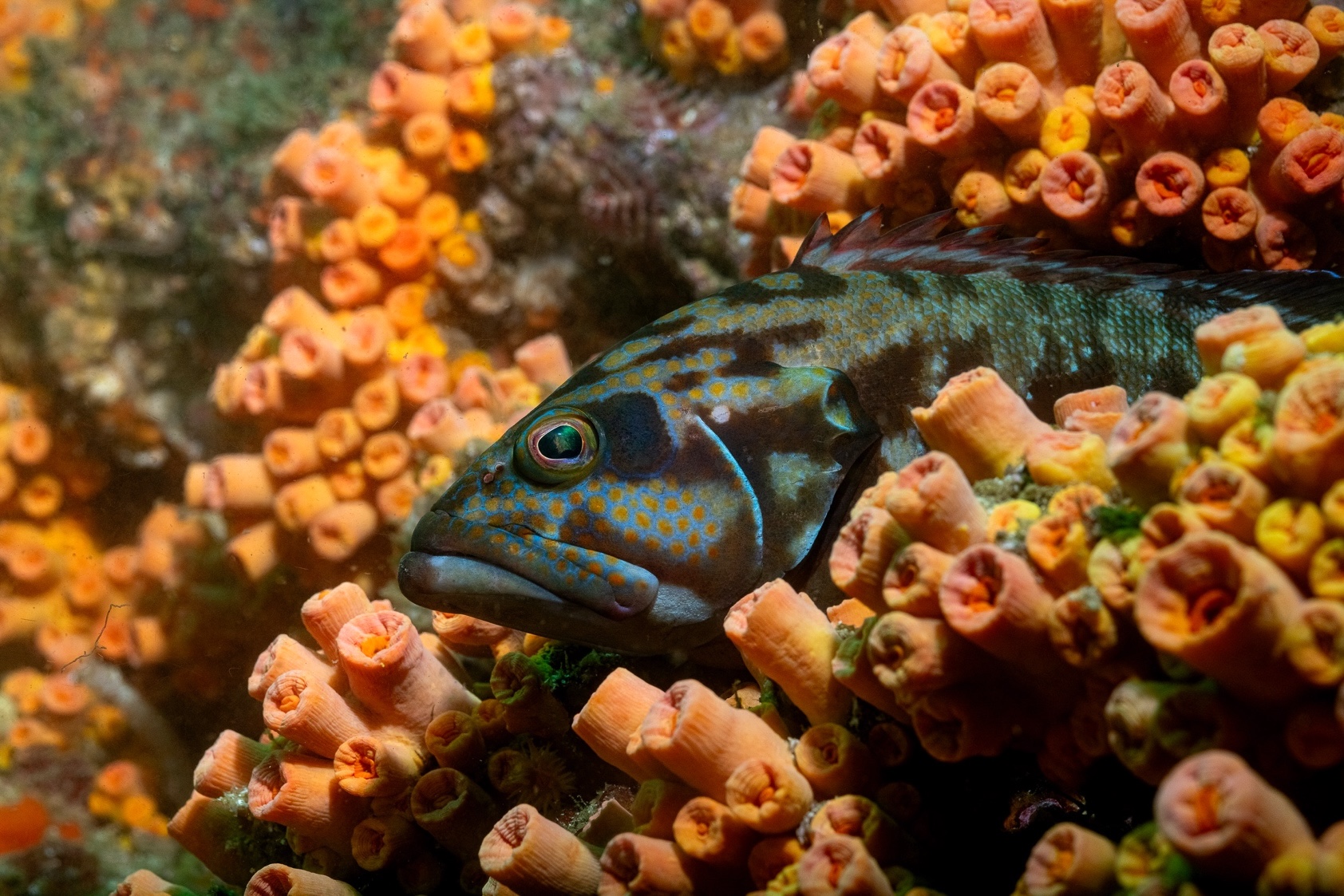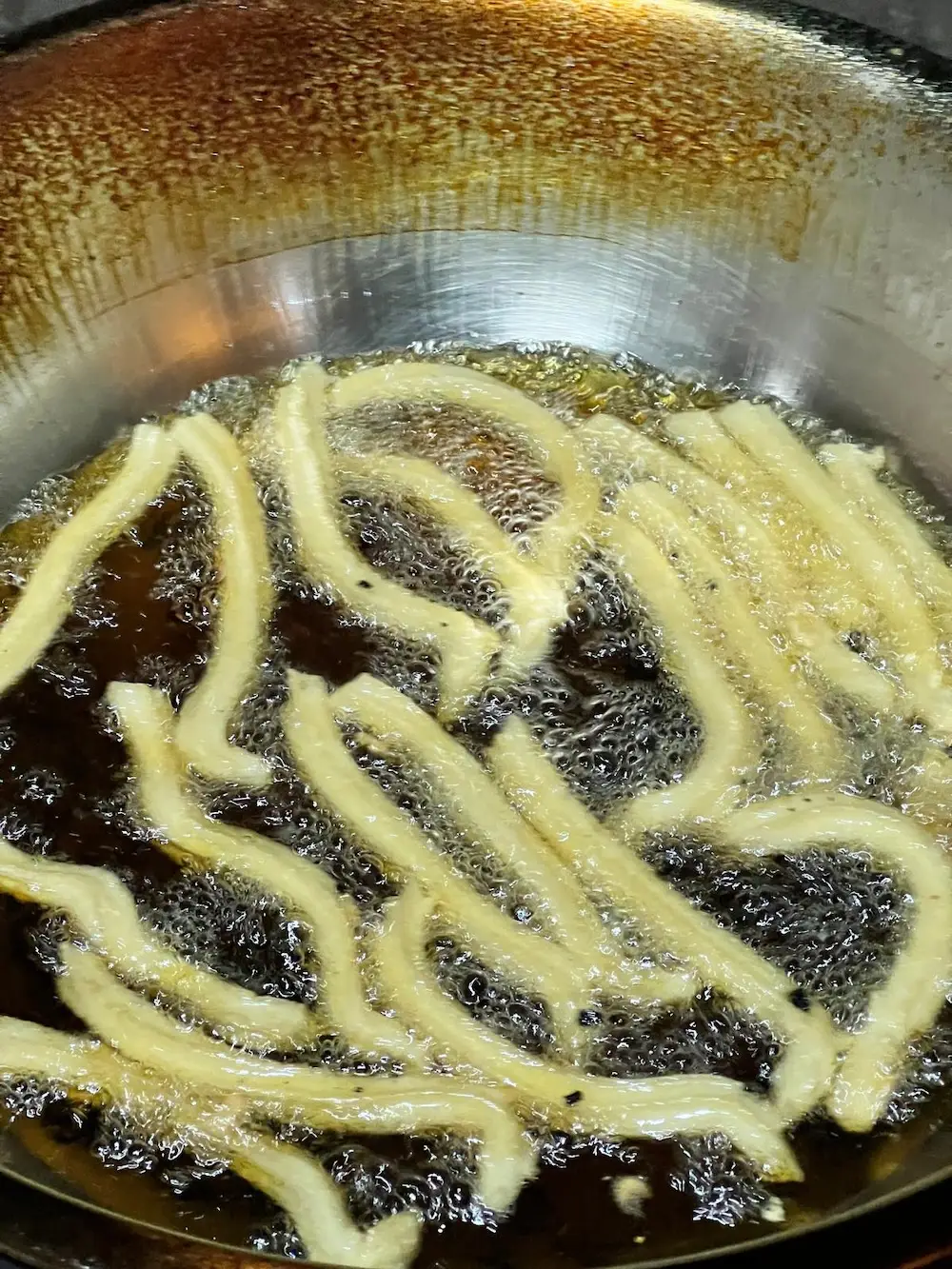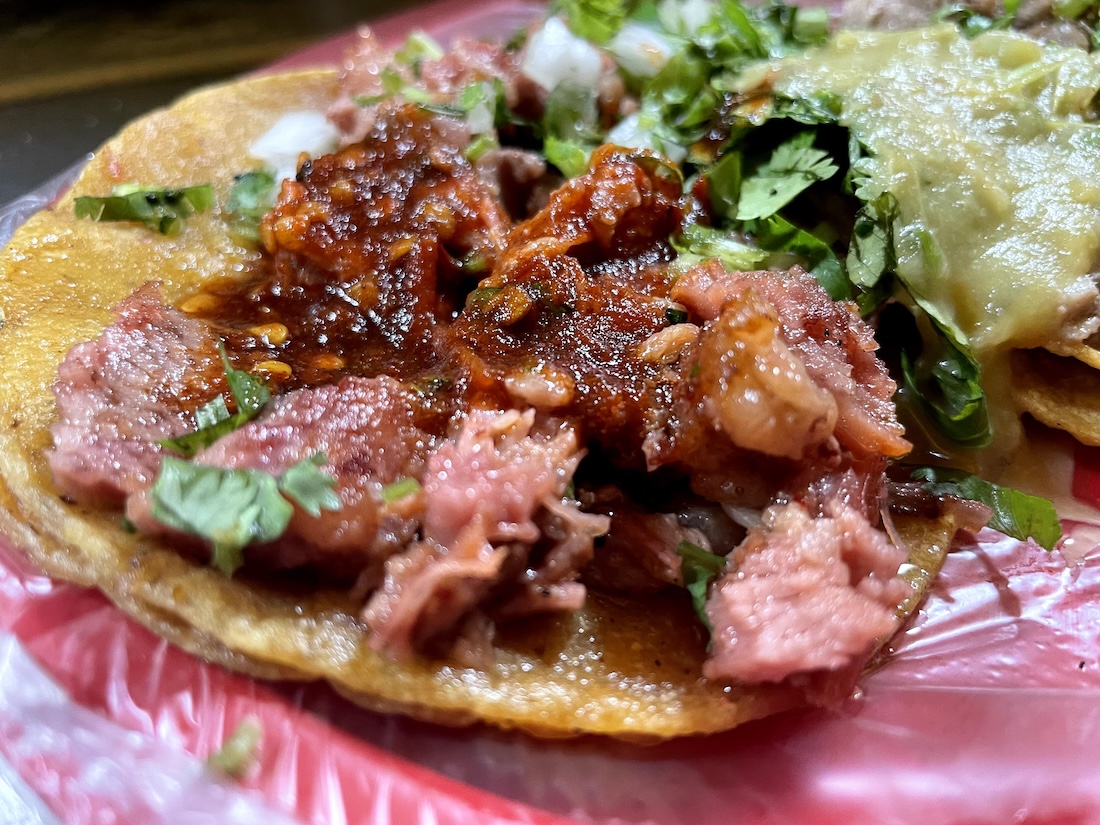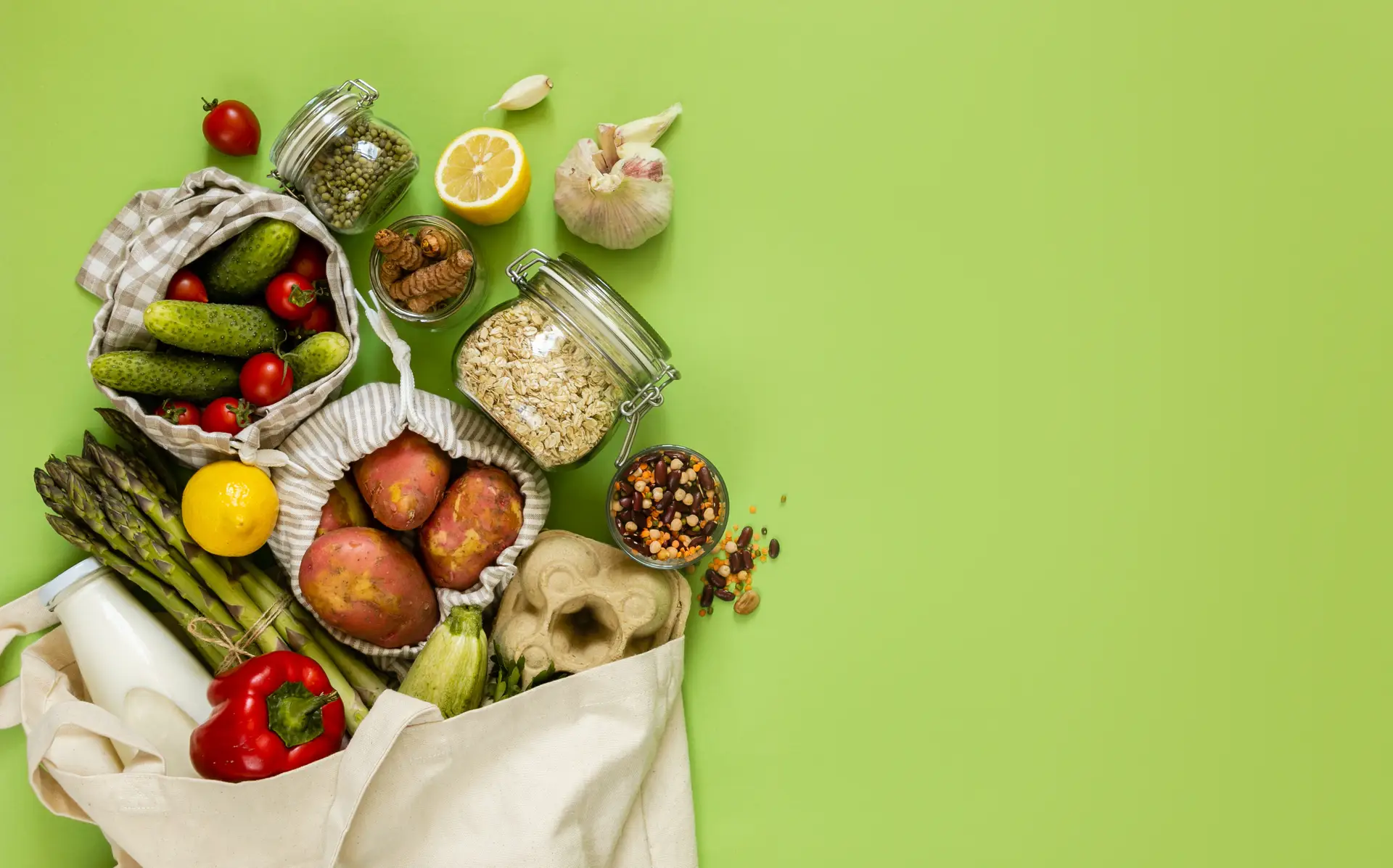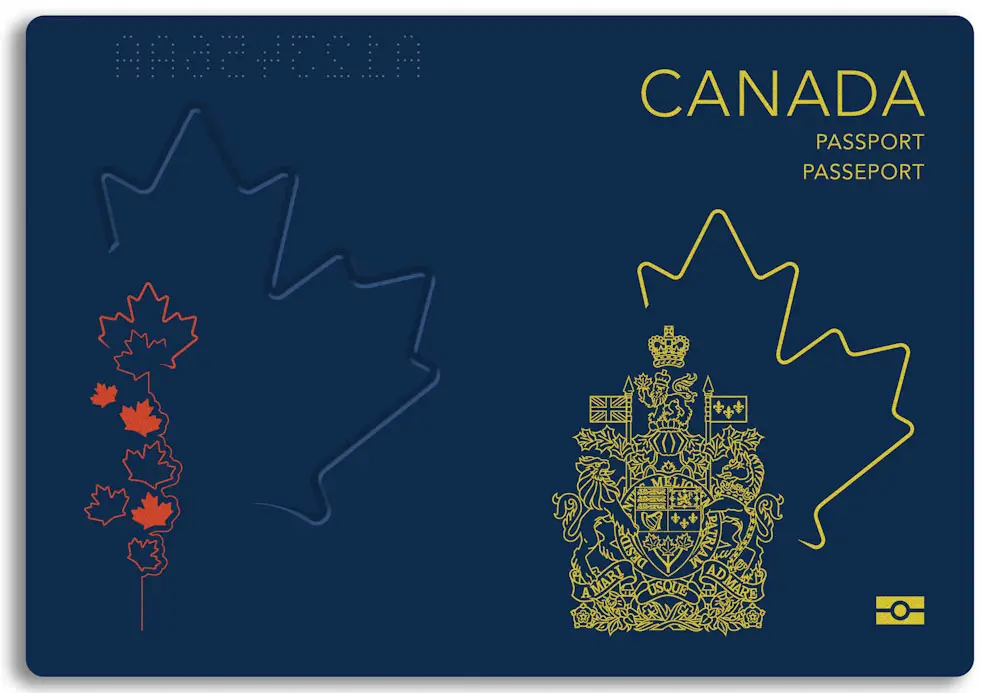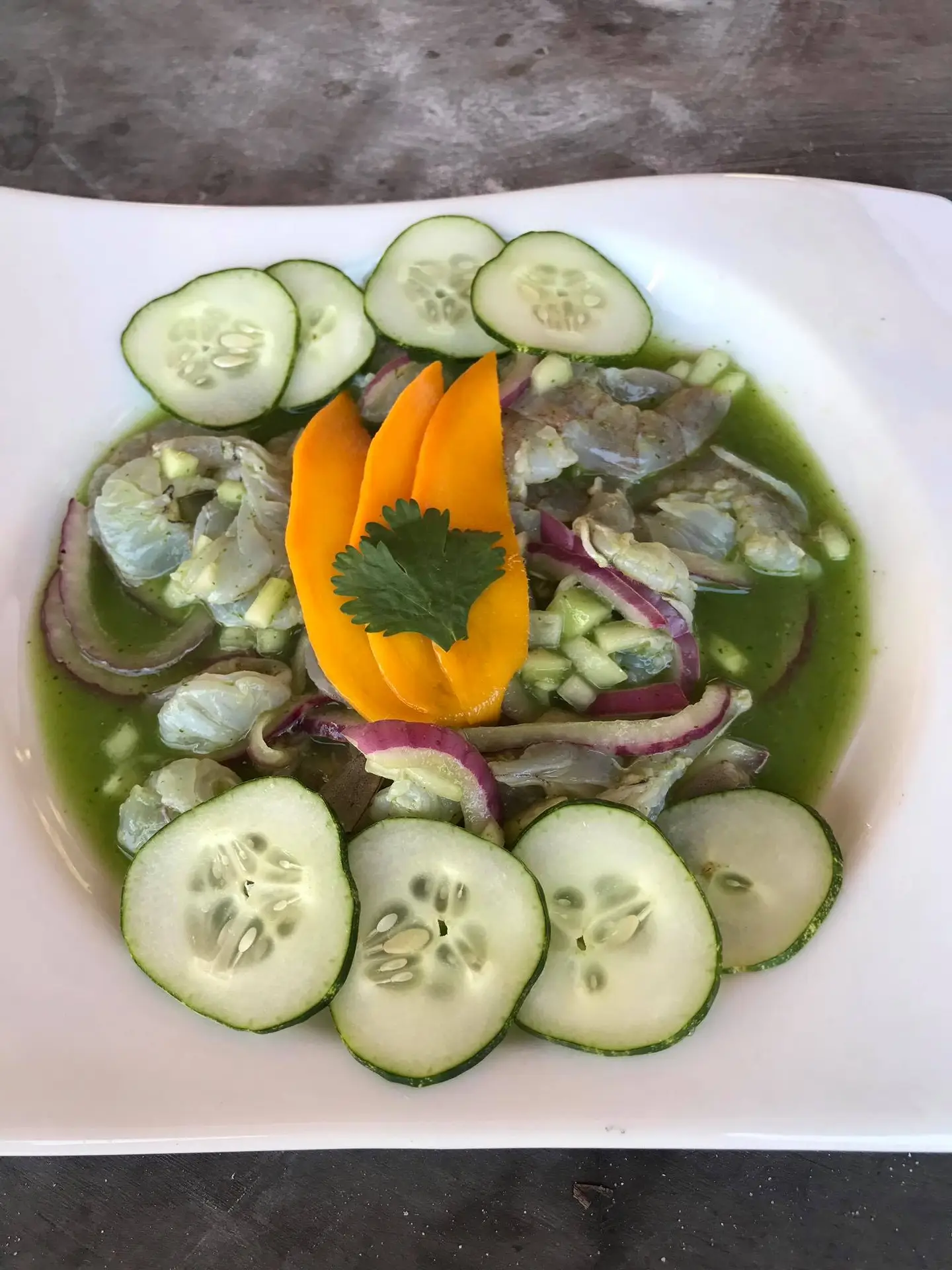SUGAR IN MEXICO: PAST AND PRESENT
The Spanish Conquistadors introduced sugar to Mexico in the early 1500s. As a result, large plantations quickly developed, taking advantage of Mexico’s dense native population to build a strong labor force.
Today, sugarcane remains the main crop used for sugar production in Mexico, while sugar beet farming is almost nonexistent. According to the Ministry of Mexican Economy, Mexico produced approximately 6.25 million metric tons of sugar in 2024. So, by 2026, production is expected to rise to 8.2 million metric tons.
Since 2008, Mexico has regulated its sugarcane industry through the Law for Sustainable Development of Sugarcane. This law governs over 185,000 sugarcane growers and 49 processing mills. These mills typically run from November to June. Many of them include not only a sugar mill but also a distillery and an energy cogeneration plant.
TYPES OF SUGAR IN MEXICO
Piloncillo is the most commonly consumed sugar in Mexico. This unrefined, cone-shaped sugar has a rich, molasses-like taste. To produce it, sugarcane stalks are crushed to extract juice, which is then boiled into a thick syrup. Once the syrup cools in cone-shaped molds, it hardens into piloncillo. People often refer to it as “Mexican brown sugar.”
Besides molasses, Mexico also produces several other types of sugar:
Brown sugar: Comes in both light and dark varieties, with deeper flavors in the darker form.
Demerara sugar: Has large crystals and a toffee-like taste.
Muscovado sugar: Dark, sticky, and unrefined, with a bold flavor.
SUGAR COMPOSITION
Sugars fall into two categories:
Simple sugars (monosaccharides) such as glucose, fructose, and galactose.
Compound sugars (disaccharides) like sucrose (glucose + fructose), lactose (glucose + galactose), and maltose (glucose + glucose).
Sugarcane primarily contains concentrated sucrose.
HEALTH CONCERNS
Eating too much sugar can raise blood glucose levels, increasing the risk of diabetes, obesity, and heart disease. To help understand how food affects blood sugar, Dr. J. Jenkins from the University of Toronto created the glycemic index (GI). This scale, which ranges from 0 to 100, measures how fast foods convert to glucose in the blood. Foods with a GI above 70 cause a rapid rise in blood sugar. In contrast, foods like meat, fish, and nuts have little effect and don’t have a GI value.
RAW JUICE VS. UNREFINED SUGAR
Fresh-pressed sugarcane juice is both nutritious and refreshing. It provides antioxidants, amino acids, and electrolytes. Additionally, it contains key nutrients like chlorophyll, iron, B vitamins, calcium, potassium, and magnesium. With an alkaline pH of 8.9, sugarcane juice may help support kidney health and reduce inflammation. Research suggests it may also benefit the stomach, heart, brain, eyes, and reproductive organs.
However, during sugar processing, most of these nutrients are lost. The clarification and crystallization steps remove vitamins, minerals, and antioxidants, leaving almost pure sucrose with a high glycemic index.
MEXICO AND COCA-COLA
Coca-Cola was born on May 8, 1886, when pharmacist Dr. John Pemberton created a syrup for a non-alcoholic drink in Atlanta, Georgia. When mixed with carbonated water and packaged in glass bottles, it quickly became a national favorite. In 1921, Coca-Cola opened its first Mexican bottling plant with Grupo Tampico.
Interestingly, Coca-Cola made in Mexico and exported to the U.S. still uses real sugarcane, unlike its American counterpart, which switched to high-fructose corn syrup in 1984. This switch was driven by U.S. sugar quotas, tariffs on imported sugar, and subsidies for domestic corn.
SUGAR SUBSTITUTES
Several natural sugar alternatives are available, including coconut sugar, honey, maple syrup, and agave nectar. These are often preferred due to their plant sources and lower levels of processing. On the other hand, artificial sweeteners like Aspartame, Sucralose, Saccharin, and Cyclamate are synthetic and still raise health concerns. Although Stevia comes from a plant, its long-term effects remain under review, and more research is needed to confirm its safety.
